Post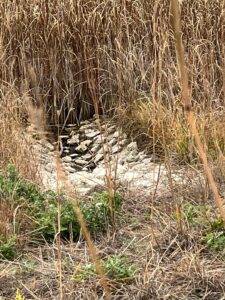
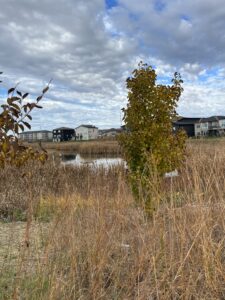
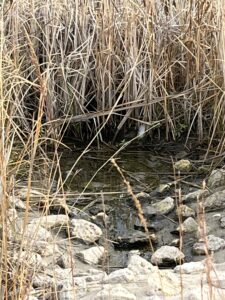
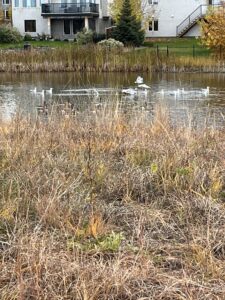
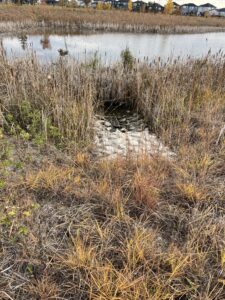
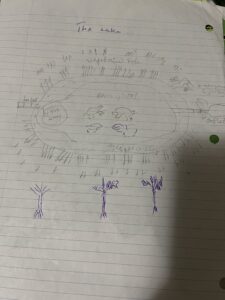 1: On Saturday, at 11:00 a.m., I went to Jinnah city Park in Winnipeg, Manitoba, Canada.The temperature was 6 degrees, which was really chilly and cloudy. I observed the Lake Winnipeg Watershed, the tenth largest freshwater lake in the world. On its borders, there are more than 23,000 residents, and during the summer, more people move there to take advantage of the lake’s beaches and neighbouring parks. This watershed is made up of a web of ponds, rivers, and streams that flow into a lake. This lake, which has an area of about 1 million km2, gathers runoff from nearby areas and stores it in ponds to prevent flooding and filter out extra nutrients before they reach the lake. As a result, hazardous algae blooms are less and less frequent. Additionally, there is invasive and vasive vegetation all around it, including upland grasses, wildflowers, and fungi like purple prairie clover, June grass, goldenrod, Canada wild rye, sunflowers, likewise Meadow Blazing Star. Insects, animals, and birds all work together with the plants to preserve the wetland’s natural state. The shrubs and trees were there. There is human activity going on, and no hills or mountains; everything is flat.
1: On Saturday, at 11:00 a.m., I went to Jinnah city Park in Winnipeg, Manitoba, Canada.The temperature was 6 degrees, which was really chilly and cloudy. I observed the Lake Winnipeg Watershed, the tenth largest freshwater lake in the world. On its borders, there are more than 23,000 residents, and during the summer, more people move there to take advantage of the lake’s beaches and neighbouring parks. This watershed is made up of a web of ponds, rivers, and streams that flow into a lake. This lake, which has an area of about 1 million km2, gathers runoff from nearby areas and stores it in ponds to prevent flooding and filter out extra nutrients before they reach the lake. As a result, hazardous algae blooms are less and less frequent. Additionally, there is invasive and vasive vegetation all around it, including upland grasses, wildflowers, and fungi like purple prairie clover, June grass, goldenrod, Canada wild rye, sunflowers, likewise Meadow Blazing Star. Insects, animals, and birds all work together with the plants to preserve the wetland’s natural state. The shrubs and trees were there. There is human activity going on, and no hills or mountains; everything is flat.
Research Questions:
1. What impact does floods have on the species?
2. What are the advantages of Biodiversity on the Lake ?
3. What connection exists between creatures and H2O table depth for the most prevalent species?